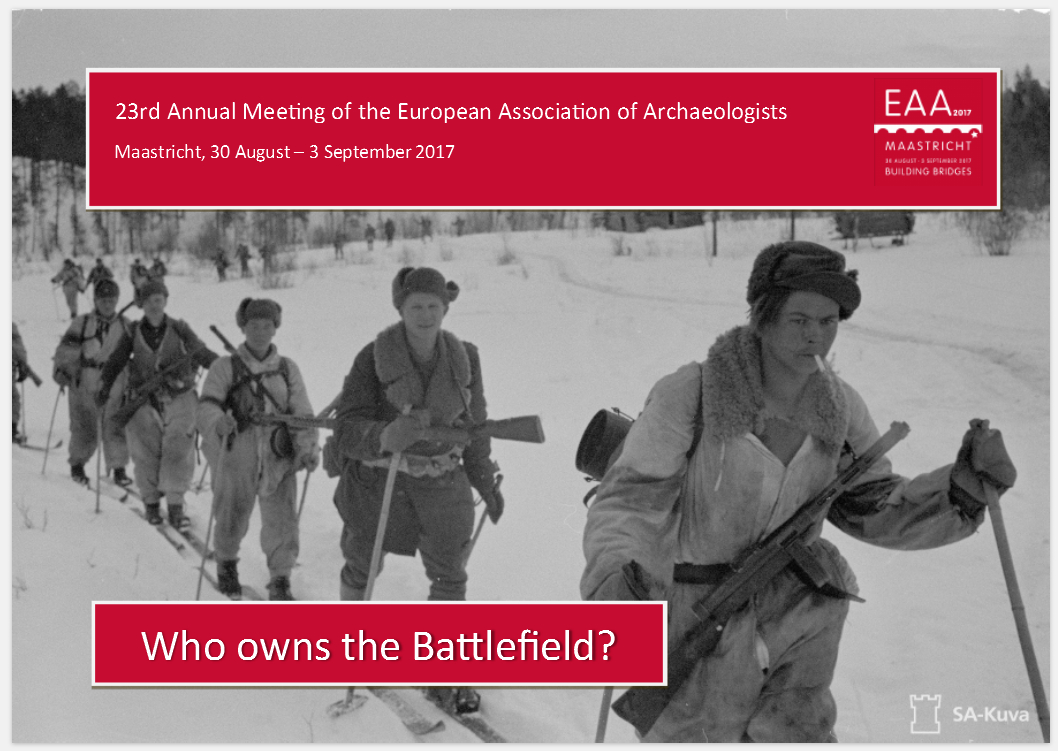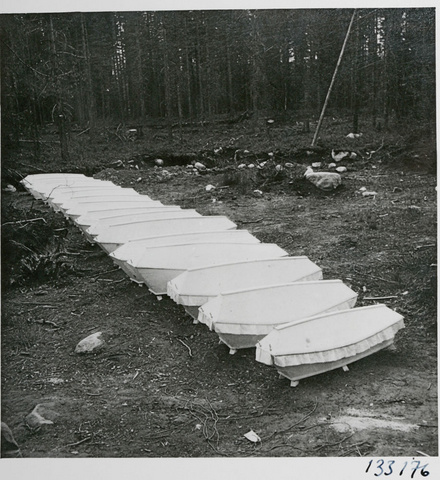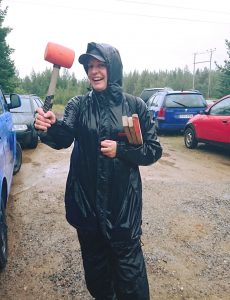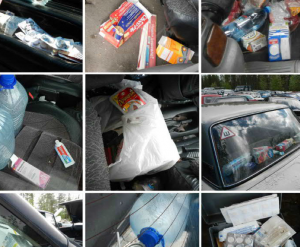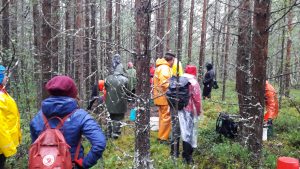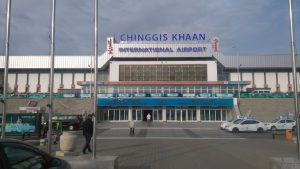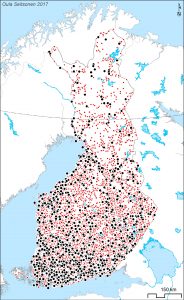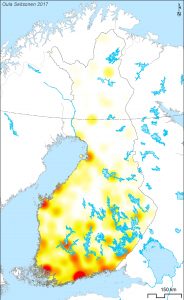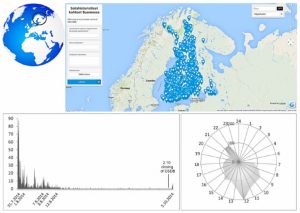Oula Seitsonen is attending this week the European Association of Archaeologists annual conference in Maastricht, Netherlands. He is organizing a session “Who Owns the Battlefield” together with Ruurd Kok (Netherlands), Maarten Bracke (Belgium),
Jobbe Wijnen (Netherlands), Ivar Schute (Netherlands) and Simon Verdegem (Belgium). He presents a paper titled “Who owns the Wilderness? Second World War Heritage in Finnish Lapland” in the session, as one platform for the general discussion:
“Over the last decade archaeologists and other cultural heritage professionals have started paying attention to the material legacy of Nazi German presence in Finnish Lapland during the World War II, as Finland’s co-belligerent in the fight against the Soviet Union. At the peak of their military built-up there were over 200 000 German troops and about 30 000 of their multinational Prisoners-of-War and forced labourers in this thinly inhabited northern periphery of Europe. The Finno-German “comradeship-in-arms” came to an end under Soviet pressure in 1944, after Finno-Soviet cease-fire, and caused the outbreak of Lapland War between Finns and Germans. This ended up with the “Burning of Lapland” by the retreating German troops. Finno-German relations have thus been a sensitive and little-discussed issue throughout the post-war decades. There are ruins of thousands of over-grown German military sites in northern Finland, especially in Lapland’s vast wilderness areas. The question of the cultural heritage status and value of this material legacy has been raised only recently, and is still an open debate. However, during the archaeological and ethnographic inquiries it has been highlighted how important the material traces are for the local inhabitants, as an integral part of their ancestral, embodied every-day lifeworlds. They generally express a strong sense of ownership and custodianship towards the material remains on their “own lands”. The traces of war also act as important agents of the transgenerational communal memories of war, destruction, and a host of other issues beyond those, closely intertwined with contemporary questions. These also mirror Lapland’s long colonial history and, real and perceived, marginalization by the southern authorities, and the enduring north-south confrontations.”
Oula also attends the session “Archaeology of European “guerrillas”.
Resistances, landscapes and memories“, and presents together with Vesa-Pekka Herva a paper “‘Last morning’: Heritage of Soviet partisan raids against civilians in Finnish Lapland in the Second World War“:
“Finnish and Nazi German troops invaded together Soviet Union in Second World War as part of Operation Barbarossa in 1941. Arctic front in Lapland was mostly on the German responsibility, but the German troops, unfamiliar with the northern environment and overcome by the poor infrastructure, made little advance and there was very little actual fighting in 1941–1944. However, owing to the demanding environmental setting, there were no continuous frontlines, but defense relied largely on isolated outposts, with vast stretches of wilderness between them. This enabled both sides to infiltrate guerilla troops behind the enemy frontlines: Finns sent out so-called long-range recon patrols for scouting and sabotage deep in Russian soil, whereas Soviet partisan troops moved through the wilderness to carry out reconnaissance and terror attacks on isolated Finnish homesteads and solitary vehicles. Soviet partisans murdered nearly 200 women, children and elderly people in the remote villages deep behind the frontlines. Finns and Germans formed anti-partisan troops to answer these attacks and to protect the distant homesteads, and also armed civilians, but this was not enough to prevent them totally. However, in the postwar decades these attacks were largely ignored and neglected, especially throughout the Cold War years until the fall of Soviet Union, to the dismay of the survivals and the relatives of the civilian casualties, and it took until late 1990s before they got national recognition or compensation. Despite this, there has so far been relatively little research, and the locals feel that their families’ suffering and heritage have been overlooked and sidelined.”

